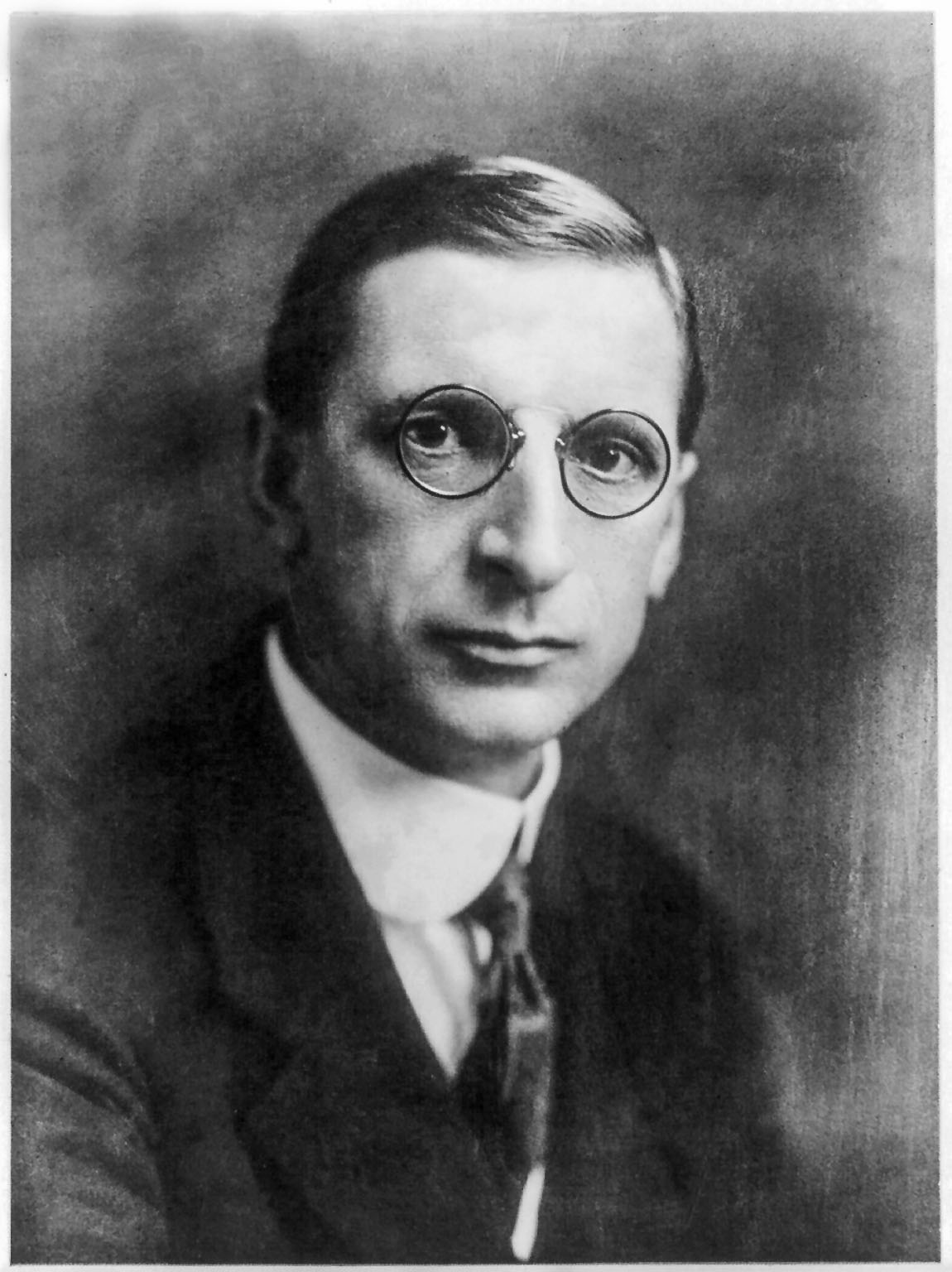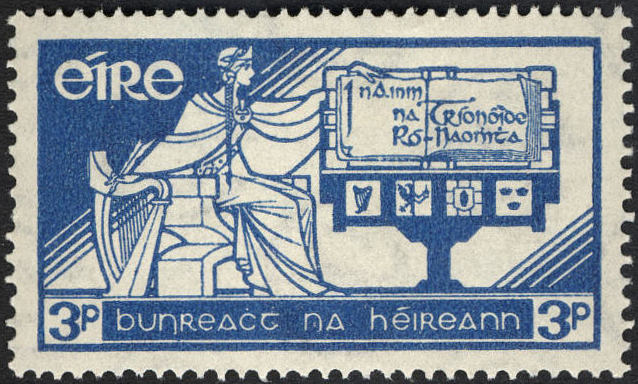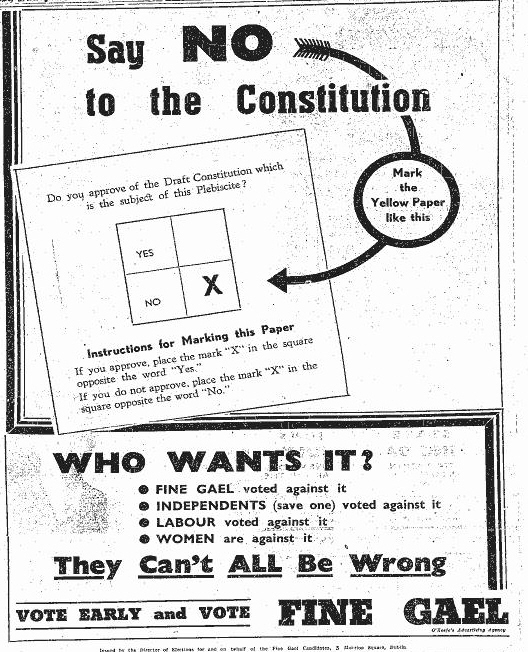|
1937 Irish General Election
The 1937 Irish general election to the 9th Dáil was held on Thursday, 1 July, just over two weeks after the dissolution of the 8th Dáil on 14 June. The general election took place in 34 parliamentary constituencies throughout the Irish Free State for 138 seats in Dáil Éireann. The number of seats in the Dáil was reduced by 15, from 153 to 138 seats, under the Electoral (Revision of Constituencies) Act 1935. A plebiscite on whether to approve the new Constitution of Ireland was held on the same day. It was approved with the support of 56.5% of voters and would come into force on 29 December 1937. The 9th Dáil met at Leinster House on 21 July 1937 to elect the President of the Executive Council and approve the appointment of the Executive Council of the Irish Free State. Outgoing president Éamon de Valera was re-elected leading a single-party Fianna Fáil government. Result Voting summary Seats summary First time TDs *Ernest Benson *Cormac Breslin * Pat ... [...More Info...] [...Related Items...] OR: [Wikipedia] [Google] [Baidu] |
Dáil Éireann
Dáil Éireann ( , ; ) is the lower house, and principal chamber, of the Oireachtas (Irish legislature), which also includes the President of Ireland and Seanad Éireann (the upper house).Article 15.1.2º of the Constitution of Ireland reads: "The Oireachtas shall consist of the President and two Houses, viz.: a House of Representatives to be called Dáil Éireann and a Senate to be called Seanad Éireann." It consists of 160 members, each known as a (plural , commonly abbreviated as TDs). TDs represent 39 constituencies and are directly elected for terms not exceeding five years, on the system of proportional representation by means of the single transferable vote (PR-STV). Its powers are similar to those of lower houses under many other bicameral parliamentary systems and it is by far the dominant branch of the Oireachtas. Subject to the limits imposed by the Constitution of Ireland, it has power to pass any law it wishes, and to nominate and remove the Taoiseach (head ... [...More Info...] [...Related Items...] OR: [Wikipedia] [Google] [Baidu] |
Carlow–Kildare (Dáil Constituency)
Carlow–Kildare was a parliamentary constituency represented in Dáil Éireann, the lower house of the Irish parliament or Oireachtas from 1937 to 1948. The constituency elected 4 deputies ( Teachtaí Dála, commonly known as TDs) to the Dáil, on the system of proportional representation by means of the single transferable vote (PR-STV). History The constituency was created for the 1937 general election under the Electoral (Revision of Constituencies) Act 1935, replacing the old Carlow–Kilkenny and Kildare constituencies. Under the Electoral (Amendment) Act 1947, the constituency was abolished, and the Carlow–Kilkenny and Kildare constituencies were re-created for the 1948 general election. Boundaries The constituency covered all of County Kildare, and most of County Carlow. Carlow–Kildare's boundaries were defined by the 1935 Act as: :"The administrative County of Kildare. :The administrative County of Carlow except the portion thereof which is comprised in ... [...More Info...] [...Related Items...] OR: [Wikipedia] [Google] [Baidu] |
Irish General Election 1937
Irish may refer to: Common meanings * Someone or something of, from, or related to: ** Ireland, an island situated off the north-western coast of continental Europe ***Éire, Irish language name for the isle ** Northern Ireland, a constituent unit of the United Kingdom of Great Britain and Northern Ireland ** Republic of Ireland, a sovereign state * Irish language, a Celtic Goidelic language of the Indo-European language family spoken in Ireland * Irish people, people of Irish ethnicity, people born in Ireland and people who hold Irish citizenship Places * Irish Creek (Kansas), a stream in Kansas * Irish Creek (South Dakota), a stream in South Dakota * Irish Lake, Watonwan County, Minnesota * Irish Sea, the body of water which separates the islands of Ireland and Great Britain People * Irish (surname), a list of people * William Irish, pseudonym of American writer Cornell Woolrich (1903–1968) * Irish Bob Murphy, Irish-American boxer Edwin Lee Conarty (1922–1961) * Irish ... [...More Info...] [...Related Items...] OR: [Wikipedia] [Google] [Baidu] |
Fianna Fáil
Fianna Fáil (, ; meaning 'Soldiers of Destiny' or 'Warriors of Fál'), officially Fianna Fáil – The Republican Party ( ga, audio=ga-Fianna Fáil.ogg, Fianna Fáil – An Páirtí Poblachtánach), is a conservative and Christian-democratic political party in Ireland. The party was founded as an Irish republican party on 16 May 1926 by Éamon de Valera and his supporters after they split from Sinn Féin in the aftermath of the Irish Civil War on the issue of abstentionism on taking the Oath of Allegiance to the British Monarchy, which de Valera advocated in order to keep his position as a Teachta Dála (TD) in the Irish parliament, in contrast to his position before the Irish Civil War. Since 1927, Fianna Fáil has been one of Ireland's two major parties, along with Fine Gael since 1933; both are seen as centre-right parties, to the right of the Labour Party and Sinn Féin. The party dominated Irish political life for most of the 20th century, and, since it ... [...More Info...] [...Related Items...] OR: [Wikipedia] [Google] [Baidu] |
Executive Council Of The Irish Free State
Executive ( exe., exec., execu.) may refer to: Role or title * Executive, a senior management role in an organization ** Chief executive officer (CEO), one of the highest-ranking corporate officers (executives) or administrators ** Executive director, job title of the chief executive in many non-profit, government and international organizations; also a description contrasting with non-executive director ** Executive officer, a high-ranking member of a corporation body, government or military ** Business executive, a person responsible for running an organization ** Music executive or record executive, person within a record label who works in senior management ** Studio executive, employee of a film studio ** Executive producer, a person who oversees the production of an entertainment product * Account executive, a job title given by a number of marketing agencies (usually to trainee staff who report to account managers) * Project executive, a role with the overall respo ... [...More Info...] [...Related Items...] OR: [Wikipedia] [Google] [Baidu] |
President Of The Executive Council Of The Irish Free State
The president of the Executive Council of the Irish Free State ( ga, Uachtarán ar Ard-Chomhairle Shaorstát Éireann) was the head of government or prime minister of the Irish Free State which existed from 1922 to 1937. He was the chairman of the Executive Council of the Irish Free State, the Free State's cabinet. The president was appointed by the governor-general, upon the nomination of Dáil Éireann (the lower house of parliament) and had to enjoy the confidence of the Dáil to remain in office. The office was succeeded by that of taoiseach, though subsequent Taoisigh are numbered from the first president of the Executive. Appointment The president of the Executive Council was nominated by the Dáil and then formally appointed by the governor-general, though the governor-general was bound by constitutional convention to honour the Dáil's choice. On paper, executive power was vested in the governor-general, with the Executive Council empowered to "aide and advise" him. How ... [...More Info...] [...Related Items...] OR: [Wikipedia] [Google] [Baidu] |
Leinster House
Leinster House ( ga, Teach Laighean) is the seat of the Oireachtas, the parliament of Ireland. Originally, it was the ducal palace of the Dukes of Leinster. Since 1922, it is a complex of buildings, of which the former ducal palace is the core, which house Oireachtas Éireann, its members and staff. The most recognisable part of the complex, and the "public face" of Leinster House, continues to be the former ducal palace at the core of the complex. Ducal palace Leinster House was the former ducal residence in Dublin of the Duke of Leinster, and since 1922 has served as the parliament building of the Irish Free State, the predecessor of the modern Irish state, before which it functioned as the headquarters of the Royal Dublin Society. The society's famous Dublin Spring Show and Dublin Horse Show were held on its Leinster Lawn, facing Merrion Square. The building is the meeting place of Dáil Éireann and Seanad Éireann, the two houses of the Oireachtas, and as such the ter ... [...More Info...] [...Related Items...] OR: [Wikipedia] [Google] [Baidu] |
Constitution Of Ireland
The Constitution of Ireland ( ga, Bunreacht na hÉireann, ) is the fundamental law of Ireland. It asserts the national sovereignty of the Irish people. The constitution, based on a system of representative democracy, is broadly within the tradition of liberal democracy. It guarantees certain fundamental rights, along with a popularly elected non-executive president, a bicameral parliament, a separation of powers and judicial review. It is the second constitution of the Irish state since independence, replacing the 1922 Constitution of the Irish Free State. It came into force on 29 December 1937 following a statewide plebiscite held on 1 July 1937. The Constitution may be amended solely by a national referendum. It is the longest continually operating republican constitution within the European Union. Background The Constitution of Ireland replaced the Constitution of the Irish Free State which had been in effect since the independence, as a dominion, of the Irish state fro ... [...More Info...] [...Related Items...] OR: [Wikipedia] [Google] [Baidu] |
Adoption Of The Constitution Of Ireland
The current Constitution of Ireland came into effect on 29 December 1937, repealing and replacing the Constitution of the Irish Free State, having been approved in a national plebiscite on 1 July 1937 with the support of 56.5% of voters in the then Irish Free State.L. Prakke, C. A. J. M. Kortmann, ''Constitutional Law of 15 EU Member States'', 'Ireland – The Constitution of 1937' (Kluwer, 1 January 2004), 427. The Constitution was closely associated with Éamon de Valera, the President of the Executive Council of the Irish Free State at the time of its approval (and who assumed the position of Taoiseach on its adoption). Background The Constitution of Ireland replaced the Constitution of the Irish Free State, which had come into force on 6 December 1922, marking the state's independence from the United Kingdom. 1922 Constitution The original text of the 1922 Constitution was a schedule to the Constitution of the Irish Free State (Saorstát Eireann) Act 1922, passed by the ... [...More Info...] [...Related Items...] OR: [Wikipedia] [Google] [Baidu] |
Dáil Éireann (Irish Free State)
Dáil Éireann () served as the directly elected lower house of the Oireachtas of the Irish Free State from 1922 to 1937. The Free State constitution described the role of the house as that of a "Chamber of Deputies". Until 1936 the Free State Oireachtas also included an upper house known as the Seanad. Like its modern successor, the Free State Dáil was, in any case, the dominant component of the legislature; it effectively had authority to enact almost any law it chose, and to appoint and dismiss the President of the Executive Council (prime minister). The Free State Dáil ceased to be with the creation of the modern 'Dáil Éireann' under the terms of the 1937 Constitution of Ireland. Both the Dáil and Seanad sat in Leinster House. Composition Under the Free State constitution membership of Dáil Éireann was open to all citizens who had reached the age of twenty-one. However those who were legally disqualified or who were members of the Seanad were excluded. For most o ... [...More Info...] [...Related Items...] OR: [Wikipedia] [Google] [Baidu] |
Irish Free State
The Irish Free State ( ga, Saorstát Éireann, , ; 6 December 192229 December 1937) was a state established in December 1922 under the Anglo-Irish Treaty of December 1921. The treaty ended the three-year Irish War of Independence between the forces of the Irish Republic – the Irish Republican Army (IRA) – and British Crown forces. The Free State was established as a dominion of the British Empire. It comprised 26 of the 32 counties of Ireland. Northern Ireland, which was made up of the remaining six counties, exercised its right under the Treaty to opt out of the new state. The Free State government consisted of the Governor-General – the representative of the king – and the Executive Council (cabinet), which replaced both the revolutionary Dáil Government and the Provisional Government set up under the Treaty. W. T. Cosgrave, who had led both of these administrations since August 1922, became the first President of the Executive Council (prime minist ... [...More Info...] [...Related Items...] OR: [Wikipedia] [Google] [Baidu] |
Dáil Constituencies
There are 39 multi-member electoral districts, known as Dáil constituencies, that elect 160 TDs (members of parliament), to Dáil Éireann, Ireland's lower house of the Oireachtas, or parliament, by means of the single transferable vote, to a maximum term of five years. Electoral law Article 16.2 of the Constitution of Ireland outlines the requirements for constituencies. The total number of TDs is to be no more than one TD representing twenty thousand and no less than one TD representing thirty thousand of the population, and the ratio should be the same in each constituency, as far as practicable, avoiding malapportionment. Under the Constitution, constituencies are to be revised at least once in every twelve years in accordance with the census reports, which are compiled by the Central Statistics Office every five years. Under the Electoral Act 1997, as amended, a Constituency Commission is to be established after each census. The commission is independent and is res ... [...More Info...] [...Related Items...] OR: [Wikipedia] [Google] [Baidu] |


.jpg)



